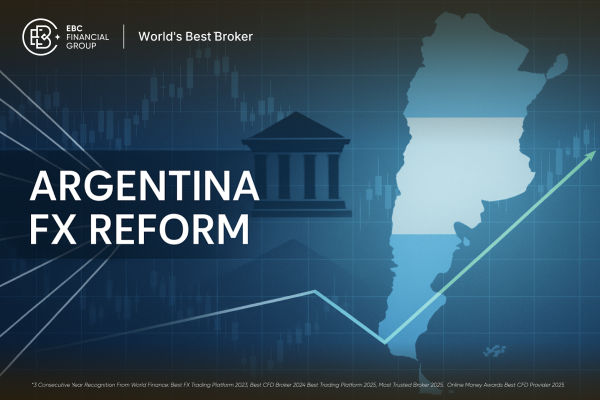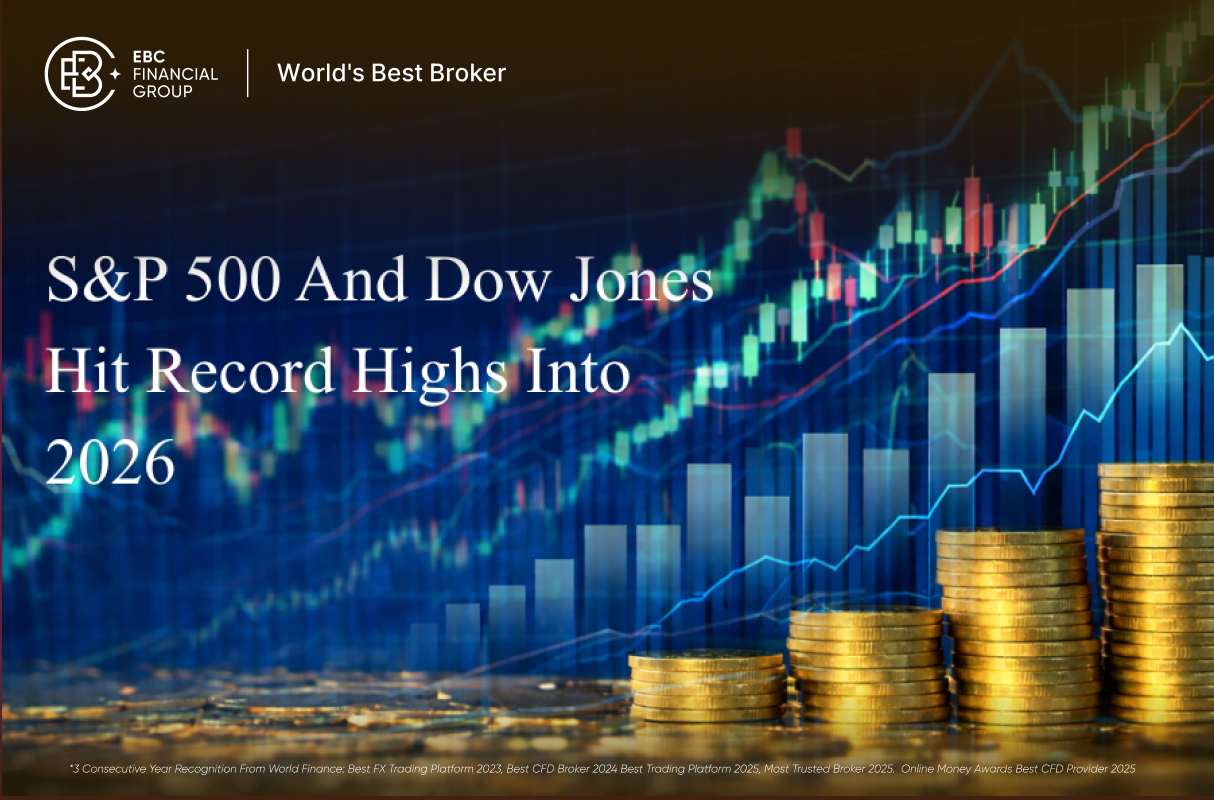The foreign exchange three-factor control method is a method used to control
foreign exchange rate fluctuations. It is mainly based on economic and financial
theories and considers three main factors: interest rate differences, economic
fundamentals, and investor sentiment.
Below is a detailed explanation of these three factors:
1. Interest rate differences
Interest rate difference refers to the difference in interest rate levels
between different countries or regions. According to the theory of interest rate
parity, interest rate differences will have an impact on the foreign exchange
market, meaning that the currency of high-interest rate countries will be more
demanded by investors, leading to the appreciation of that currency. Therefore,
interest rate differences are one of the important factors affecting exchange
rate fluctuations in the foreign exchange market. Investors usually determine
the allocation of funds based on the differences in interest rates among
different countries, thereby affecting the supply and demand relationship and
exchange rate trends in the foreign exchange market.
2. Economic Fundamentals
Economic fundamentals refer to the macroeconomic indicators and basic
economic conditions of a country or region. This includes gross domestic product
(GDP), inflation rate, unemployment rate, trade data, etc. The basic impact of
the economy on the foreign exchange market is achieved by influencing investors'
expectations of the country's economic prospects and currency value. If a
country's economic fundamentals are relatively strong, investors usually have
optimistic expectations about the country's currency, thereby driving currency
appreciation. On the contrary, countries with weak economic fundamentals may
experience currency depreciation.
3. Investor sentiment
Investor sentiment refers to the reflection of market sentiment and emotions
by foreign exchange market participants. Emotional factors can affect investors'
attitudes and preferences towards risk, thereby affecting trading decisions and
fluctuations in the foreign exchange market. For example, market uncertainty,
political factors, geopolitical risks, and other factors may have an impact on
investor sentiment, leading to fluctuations in exchange rates. Investor
sentiment usually triggers short-term exchange rate fluctuations in the market
and may be influenced by market news and sentiment.
These three factors combine to form the three-factor control method for the
foreign exchange market. This method can help investors develop foreign exchange
trading strategies, reduce risks, and increase returns. When conducting foreign
exchange trading, investors need to comprehensively consider interest rate
differences, economic fundamentals, and investor sentiment to assist
decision-making and predict exchange rate trends. At the same time, investors
also need to closely monitor global economic trends, central bank policies, and
market news to adjust trading strategies and risk management in a timely manner.
The foreign exchange three-factor control method is not only applicable to
individual traders but also serves as a reference for financial institutions and
central banks to analyze and intervene in the foreign exchange market.
Disclaimer: Investment involves risk. The content of this article is not an investment advice and does not constitute any offer or solicitation to offer or recommendation of any investment product.


























